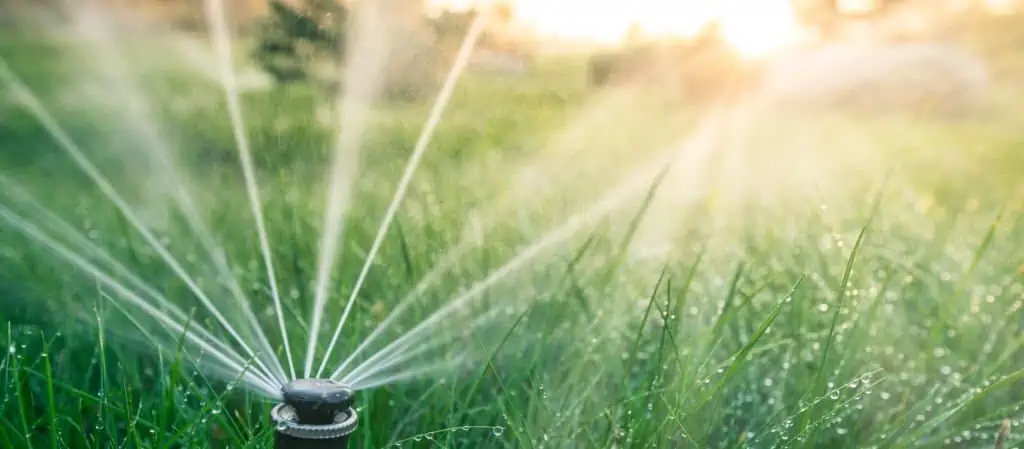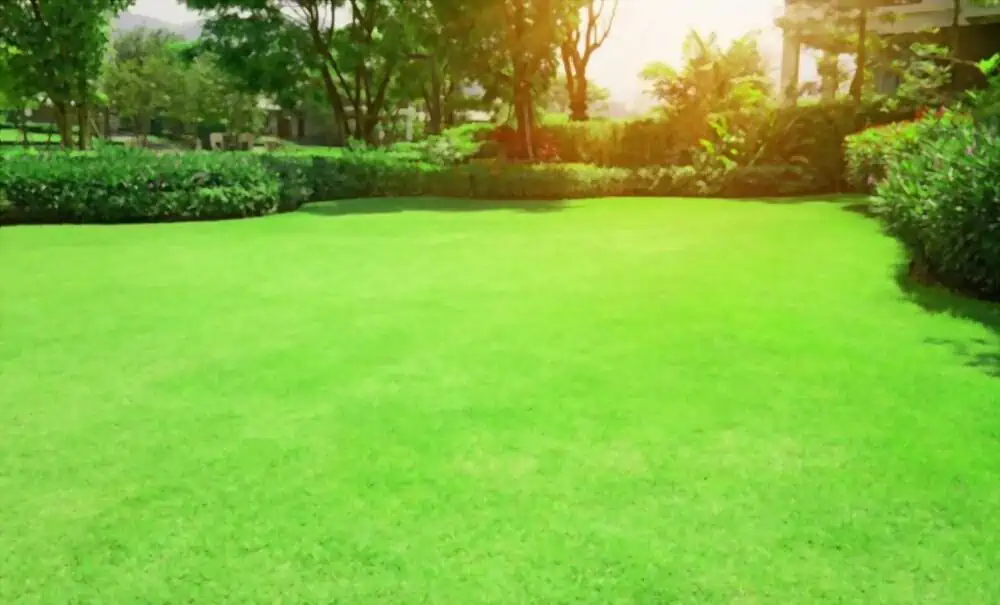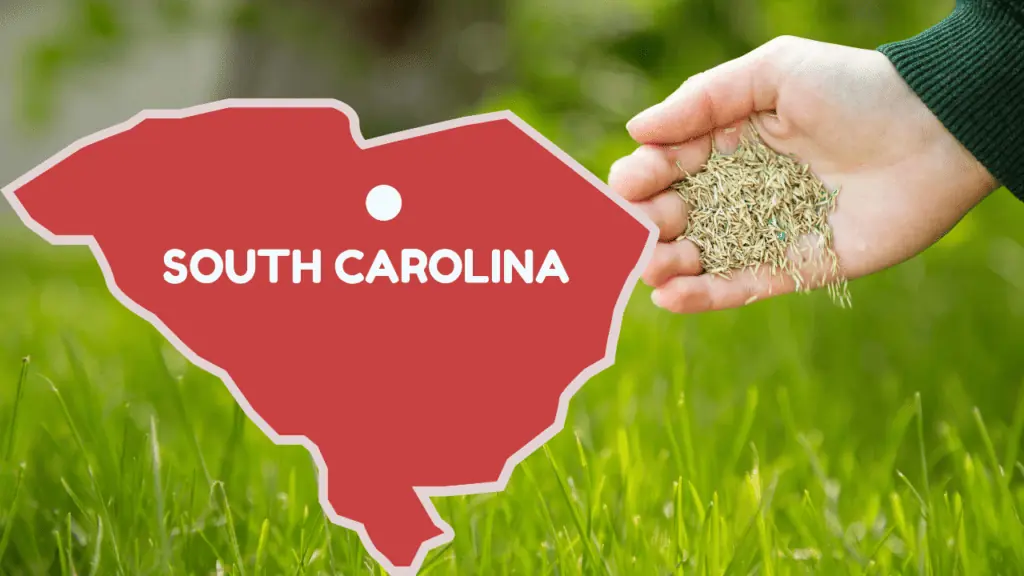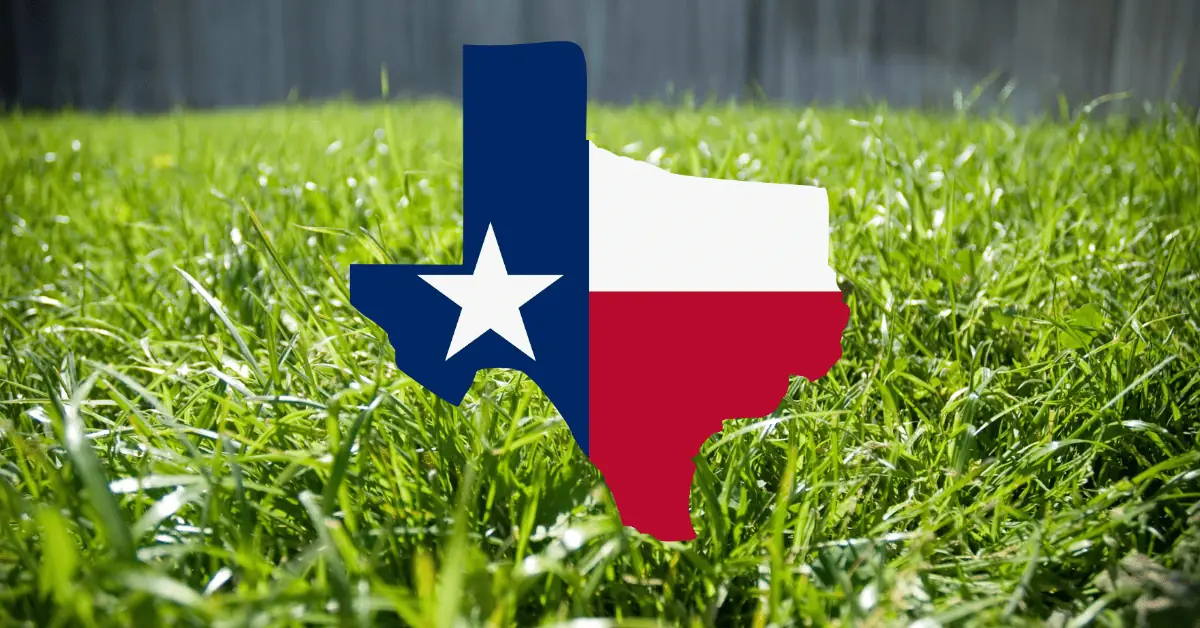Bermuda grass is a top-notch species to have around your home or workplace. Also called wiregrass, it is a standard feature on some football pitches, bowling arenas, and golf courses, thanks to its dense nature at full maturity.
It takes some work to nurture Bermuda from seed level to full-on grass you can trim to the best height. However, throughout the southern parts of the United States, including South Carolina, there’s a specific time and season to grow Bermuda grass.
Generally, Bermuda grass sits on the lower management scale and thrives on fertile soils. Read on to learn the best time to plant it in South Carolina.
Best Time to Plant Bermuda Grass in South Carolina
Bermuda grass is a warm-season grass, so the best time to plant this grass is late spring or early summer. The unwritten rule is to wait at least two months after the last frost before planting the seed.
It would help to try planting in southern regions like South Carolina, with consistently warm temperatures around March and April. Experts liken this to experiencing several weeks of at least 70°F weather, giving the soil or ground enough time to warm up and reach an internal temperature of 80°F.
Further, Bermuda grass is a sod-forming perennial with a robust build and can spread with seeds, stolons, and rhizomes. The grass loves daytime temperatures between 95 and 100 degrees Fahrenheit, and it suffers if temperatures fall below 30 degrees Fahrenheit.
Bermuda will also tolerate saline conditions, including acidic and alkaline soils, but it performs best within a specific pH range. Using lime correctly can raise the pH of acidic soil. Avoid the fall, as it’s not a good time to plant Bermuda grass in South Carolina.
How To Plant Bermuda Grass Seed
The best time to plant this grass is in late spring, but how should you go about it? The following steps will help you through the process.
- First, take the soil lightly. This will loosen it up so the new seeds make good contact with the soil’s surface.
- Use a spreader to apply the seeds to the prepared soil. If you’re buying the seeds, follow the package’s instructions. This will help plant the seed correctly.
- Lightly take the seed into the soil surface, then use a tamper, roller, or garden tractor tires to firm the soil.
- Water 3 to 4 times daily to keep the seeds and soil surface moist. ⅛ inch of water should do each time.
- There’s no need to cover new Bermuda grass seed with straw if you must protect the area from erosion.
Maintaining Your SC Bermuda Lawn

Watering
Bermuda grass does love the heat, but water is essential to its growth. Reduce the watering frequency to twice daily a few days after the grass sprouts. However, apply more water each time.
When the seeds grow to an inch tall, watering can be once a day, translating to ¼ inch of water each time. When your lawn becomes established, you don’t have to water it as much.
Twice weekly is fine, but ensure the water goes deeply each time. Aim for about an inch of water weekly to encourage deep rooting. Water plays a role in the thriving of your Bermuda grass.
Mowing
When your newly planted Bermuda grass lawn seedlings make it to 2 inches in growth, it’s time to trim it. The grass is established at this point, so you’ll want to maintain your lawn at 1 to 2 inches, a little shorter height than other lawn types of grass.
Mow frequently enough but not remove more than ⅓ of the grass height. Do that, and your grass will always look sweet and appealing across multiple uses.
Fertilizing
Like other grass types and plants, your Bermuda grass will eventually need fertilizer to grow properly. There are different fertilizers on the market, and they all come with instructions on applying them effectively. However, you should feed your lawn with turf-builder fertilizer.
While following the directions on the label, fertilize every 6 to 8 weeks in the growing season. Only stop when the grass naturally slows its growth in early fall.
Top Bermuda Grass Types in South Carolina

1. Celebration Bermuda Grass
This type of Bermuda grass has a stunning deep blue-green appearance. It is known for wear tolerance and recovery, Bermuda grass shade tolerance, and drought resistance and tolerance. That makes it the best choice for sports fields and golf courses worldwide.
Homeowners in South Carolina who want a tough yard and major curb appeal can also get it. It has a unique root system that allows for rapid recovery time. Also, its wear tolerance makes it an excellent choice for pets and kids to play on all day.
2. Latitude 36 Bermuda Grass
The Latitude 36 Bermuda grass is one of the most cold-hardy Bermuda grasses on the market. It is perfect for those Carolina homeowners who live closer to the upstate and in the North Carolina transition zones.
Further, Latitude 36 Bermudagrass shows resistance to spring dead spots, while. It is also highly durable in the face of traffic and wear. Its extremely fine, soft texture gives it a unique look and feels, making for stunning visual appeal.
The ideal use of this grass is for golf courses, commercial landscapes, sports fields, parks, and home lawns. Always mow at a height of 0.5 – 1.5 inches.
3. NorthBridge Bermuda Grass
The NorthBridge checks many of the boxes Carolina homeowners hope for. That includes fine texture, improved cold tolerance, and early spring green-up.
In addition, this grass demonstrates exceptional performance in warmer areas throughout South Carolina, including upstate South Carolina and into the transition zones where North Carolina is located.
It has aggressive tensile strength and roots, making it one of the most durable choices for homeowners with children and pets who enjoy the outdoors.
4. Tifway 419 Bermuda Grass
This Bermuda grass is durable and beautiful—its dense growing pattern makes it an excellent choice for South Carolina homeowners whose lawns suffer much wear and tear.
The Tifway 419’s dark color and medium-fine texture carry a medium-to-low growing pattern for homeowners who prefer a tight, dense look. The Tifway 419 is built to thrive in the southern two-thirds of the United States, including the North and South Carolina areas.
The grass is ideal for commercial landscapes, golf courses, sports fields, and home lawns. You should mow this lawn at 1 – 2 inches high for the perfect look.
5. TifTuf Bermuda Grass
The TifTuf is recognized for its ability to withstand drought because it needs 38 percent less water than similar cultivars. That’s a high advantage for those long, hot Carolina summers.
Further, this grass is shade-tolerant and maintains its green color long into the fall when temperatures drop, and other Bermuda grasses types go dormant. The TifTuf has a fine-textured, leafy green growing pattern ideal for different purposes.
Final Thoughts
Bermuda grass fits all the characteristics and requirements to survive and thrive in the good state of Oklahoma. Before settling on a particular variety of Bermuda grass, consider all your options and the best time to plant it.
Bermuda loves the heat and steady sunlight. So, ensure it has enough while you mow and water properly.
Now that you know this, plant your Bermuda around March and April for the best results. Bermuda will thrive in golf courses, parks, and lawns around the home.






